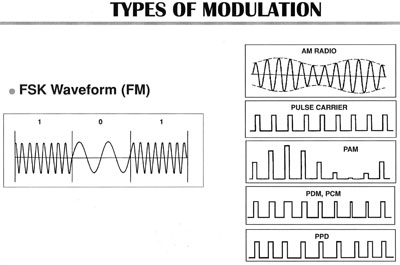Learn Why Safelink® FM Technology is Essential for Pet Containment
What is Safelink® and why is it important for Pet Containment?
Safelink® is our patented FM digital technology designed to prevent dogs escaping by minimizing false activation of receiver collars. These are caused by stray radio signals. At DogFence, we prioritise pet safety and security, making us the top choice for pet containment with the most secure invisible fence system available.
Why Use FM (Safelink®)?
When it comes to preventing dog escaping, security is paramount. Just like emergency services rely on FM signals for interference-free communication, DogFence utilises FM technology to ensure your pet’s safety. Unlike AM systems, which are susceptible to interference from household appliances and other sources, FM receivers ignore external noise, providing a reliable and quick response to boundary breaches. By choosing DogFence and our Safelink® FM technology, you can trust that your pet will stay safely contained within your property.
FM Advantages for Pet Containment:
- Ignores electrical noise sources, ensuring reliable operation even in noisy environments.
- Can be used near electrical appliances and cables without signal loss.
- Eliminates the risk of false corrections from other sources.
- Provides constant output power, maintaining signal strength regardless of modulation.
- Suitable for use with metal or stock fencing without signal loss.
- Can be used near to many brands of Robotic Lawn Mower
DogFence: Your Trusted Partner in Pet Containment
Choose DogFence for the ultimate peace of mind in preventing dog escaping. Our Safelink® FM technology and expert solutions ensure the safety and security of your furry friends, keeping them safely contained within your property.

If you wish to read more about the difference between AM & FM radio signals click here to learn more.






